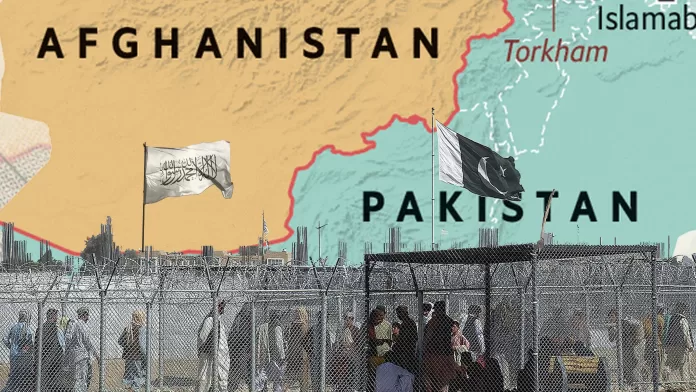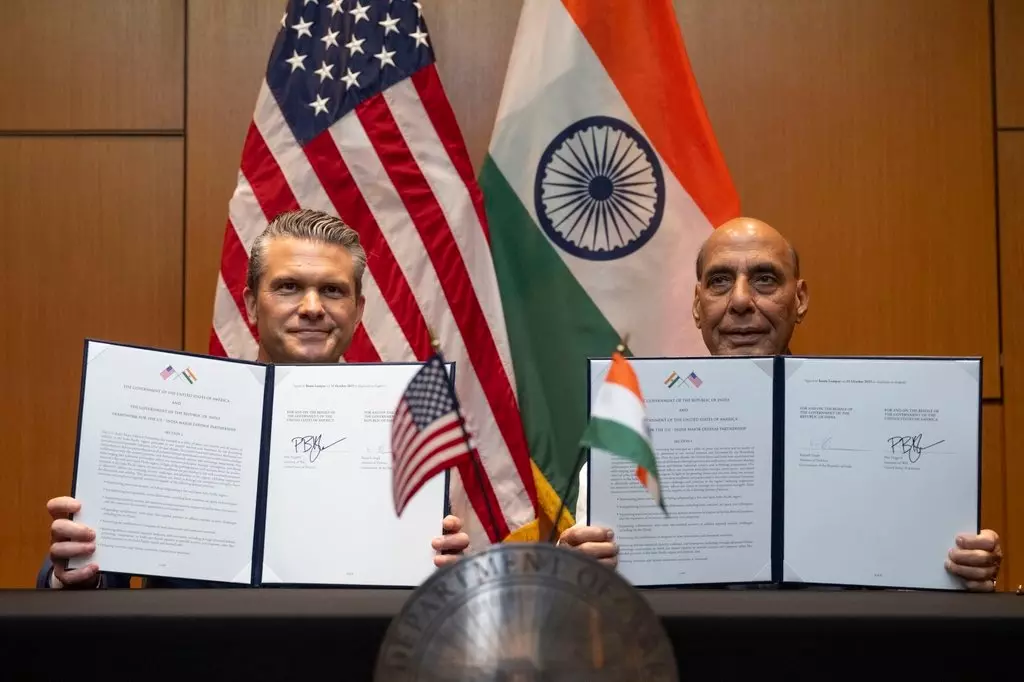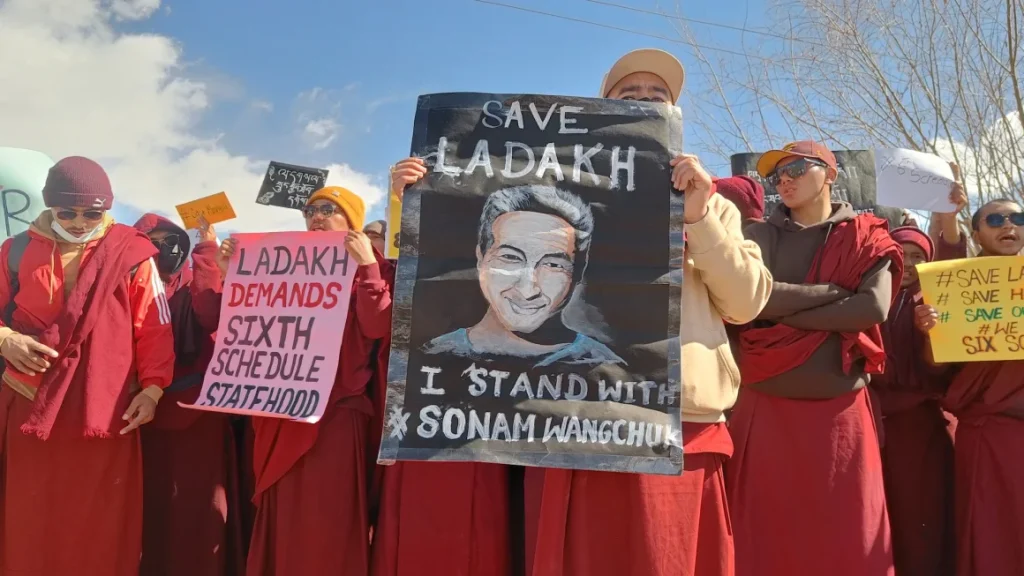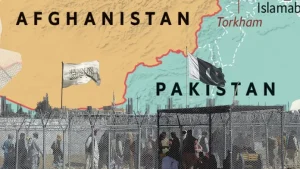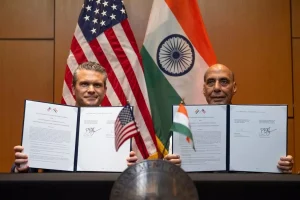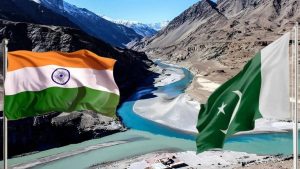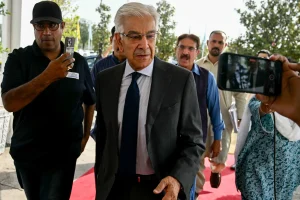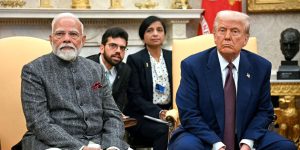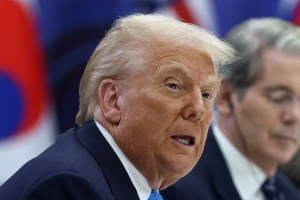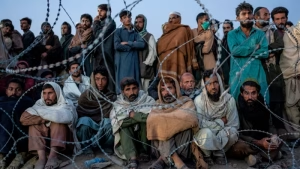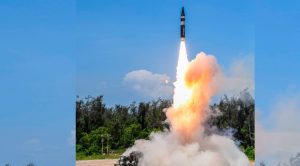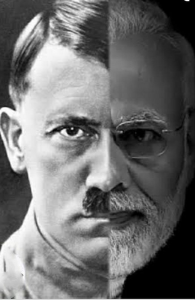On September 24, 2025, Ladakhi youth came out on the streets to protest against the Modi government’s failure to fulfill its promises of granting statehood to the region. New Delhi responded with force, turning peaceful protest into a battlefield. This led to the killing of four civilians, and approximately 100 people were injured as a result of the Indian law enforcement agencies’ use of force against the protesters, which included the use of live fire. The recent awakening was not a sudden reaction but a struggle by locals who have been taking to the streets since 2020 against New Delhi’s betrayal.
The recent protest was unprecedented because people from all segments of society participated in it, which included monks, students, traders, and war veterans. The involvement of war veterans in the protest is a significant development, unprecedented if one looks at Ladakh’s history. One such veteran, Tsewang Tharchin , was killed by a bullet fired by security forces. The people resorted to the streets to support those carrying out a hunger strike, a peaceful expression of their resentment.
However, things turned haywire suddenly when two of the hunger strikers had to be rushed to the hospital because of their deteriorating health condition. Amid this, the regional office of Bharatiya Janata Party (BJP) was torched, and several security forces’ vehicles were burned as well. Since then, a curfew has been imposed in Leh city, the epicenter of the September 24 protests.
Why are the people of Ladakh protesting against the Indian central government? The answer lies in the action taken by Modi’s government on August 05, 2019, when it revoked the special status of the Indian Illegally Occupied Kashmir (IIOJK). As a result, Ladakh became a separate union territory. Initially, the indigenous people welcomed the decision, as they thought it would grant more autonomy to the region. However, anger and frustration grew once it became clear that they could not have a legislative assembly, thus depriving them of their political rights. The people believed that without political representation, they were left at the mercy of New Delhi, which directly and firmly controls the region via bureaucracy.
This left the local masses fearful about the future preservation of their culture, customs, employment, land inheritance, and demography. Under this fear, Kargil’s Muslims and Leh’s Buddhists formed a new alliance to stand together for their rights for the first time. A new bond was forged between the Kargil Democratic Alliance (KDA) and the Leh Apex Body (LAB) to represent the people’s voice. The peaceful people lodged their protest and voiced their concern to the local legislative assembly, to which New Delhi did not pay any attention, creating a deadlock.
However, to end the deadlock, the newly formed alliance demanded that New Delhi grant them rights and protection under the “ Sixth Schedule”. The demand was put forward as Ladakh’s 97 percent population is tribal. The Sixth Schedule under the Indian Constitution, Article 244, provides for forming Autonomous District Councils (ADCs) with legislative, judicial, and administrative autonomy within a state. They can have a maximum of 30 members with a term of five years. These members can formulate laws, rules, and regulations regarding their indigenous land, forest, water, agriculture, village councils, health, sanitation, village- and town-level policing, inheritance, marriage and divorce, social customs, and mining among others.
BJP’s government, led by Modi, has decided to label the indigenous rights movement as a conspiracy against the Indian state. The Ladakhi people’s dissent has been met with force, a routine procedure under Modi’s India. The violent crackdown and brute use of force against innocent civilians in Ladakh was part of the classical Modi playbook, which believes in silencing all dissenting voices. This is evident from the arrest of Sonam Wangchuk, a renowned environmentalist, under the notorious National Security Act (NSA).
He was blamed for inciting violence by New Delhi, which nowadays happens to everyone who dares to speak against the policies of Mr. Modi in mainland India and IIOJK. Since his arrest, he has been incarcerated at a prison in Jodhpur, Rajasthan. His detention and use of force in Leh illustrate a pattern in the Modi government’s approach to perceived threats to its authority. For instance, media houses, scholars, religious minorities, and political and social activists promoting causes unpopular with the BJP have been imprisoned, legally prosecuted, or assaulted by mobs.
The BJP will likely not grant Ladakh its constitutional rights because of political, economic, and military reasons. On the Economic front, as Rahul Gandhi pointed out in 2023, Mr. Modi wanted to allocate a large portion of land for the Indian billionaire Gautam Adani, a close aide of the Indian prime minister. Politically, the BJP fears that granting autonomy to Ladakh will undermine its grip over the region, as it will allow Congress to gain more influence in the regional affairs. BJP links this with matters pertaining to defense affairs, as Ladakh faces the Pakistan border and China on the other. The BJP-led government holds and propagates the view that designating Ladakh as a state, with a functional legislative assembly, could result in the devolution of powers, potentially endangering military projects pertaining to the border road infrastructure development in the region.
Is a compromise possible? Under current circumstances, the chances are minimal that this issue will be resolved through dialogue. For the dialogue to even begin, both sides must take a step back, which seems complicated for the BJP given its rigid behavior. However, if the BJP agrees to free Sonam Wangchuk and grant them sixth schedule instead of full statehood rights, for the time being, the protest will come to a halt, and business will be as usual. However, in the long run, New Delhi will face backlash from the region until it is granted full statehood rights.
How will things unfold in the near future? The future looks grim for Ladakh, which can witness more violence as long as Modi remains in power. The people have become antagonized with the central government, which is evident from the words of Wangchuk, who just before his arrest said that “If China invades India through Ladakh, we will not stop China but will show the path to China for annexation”.


